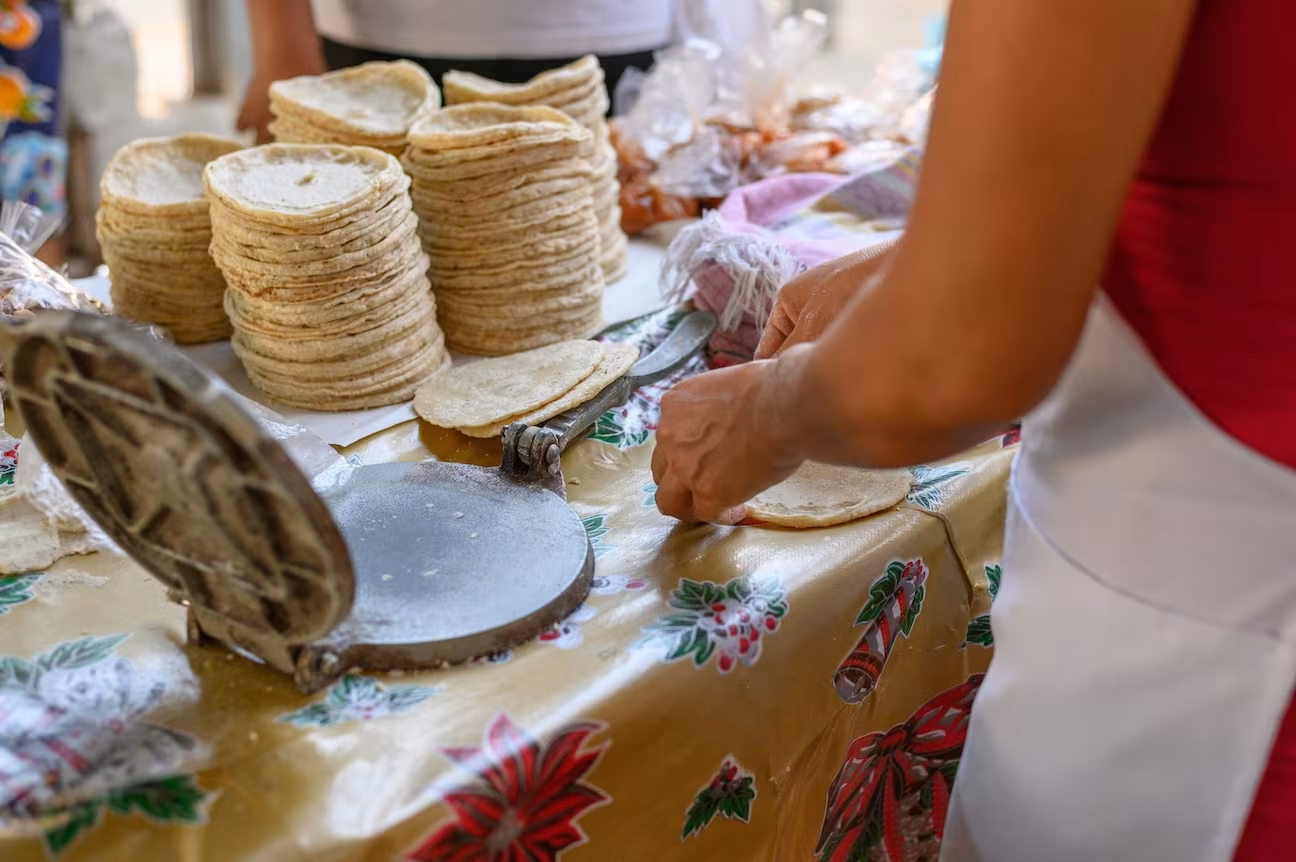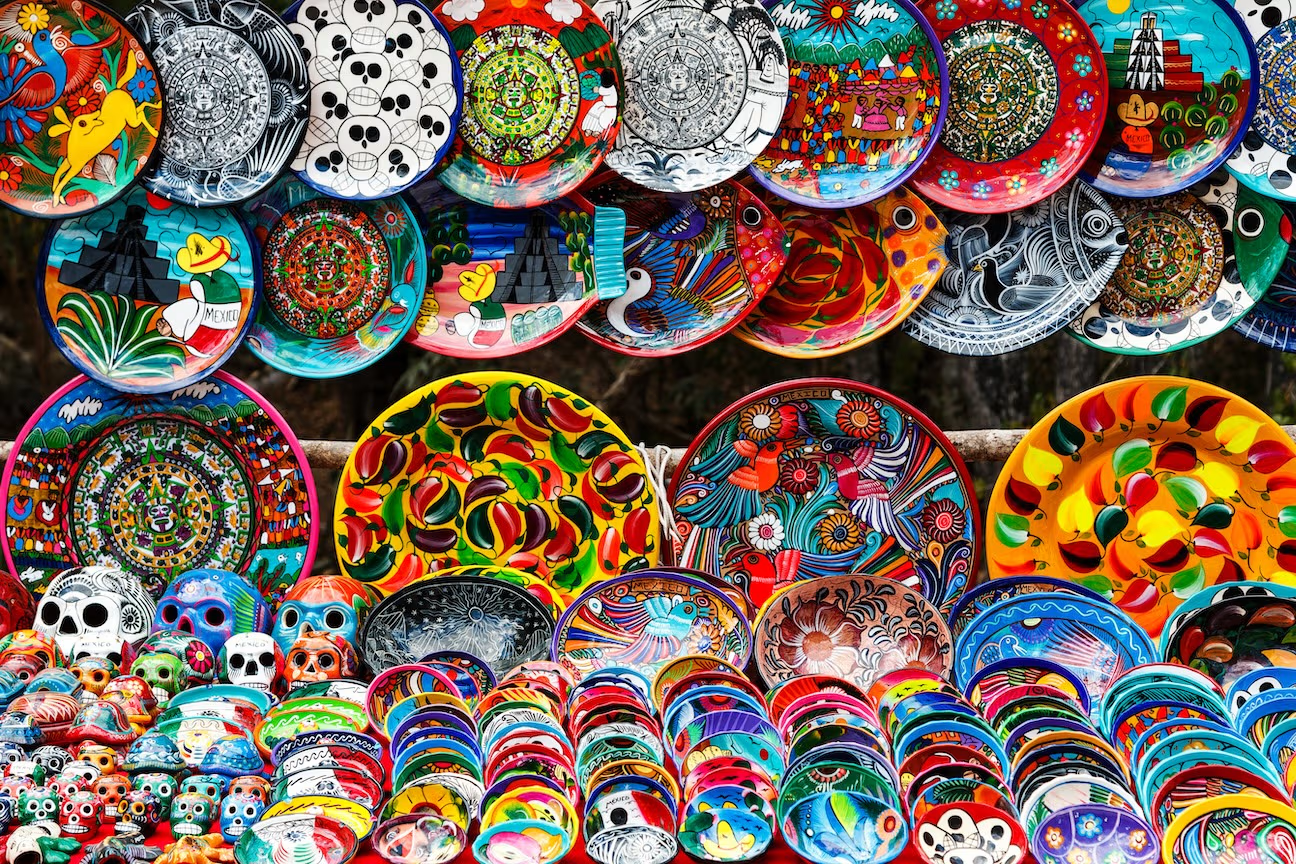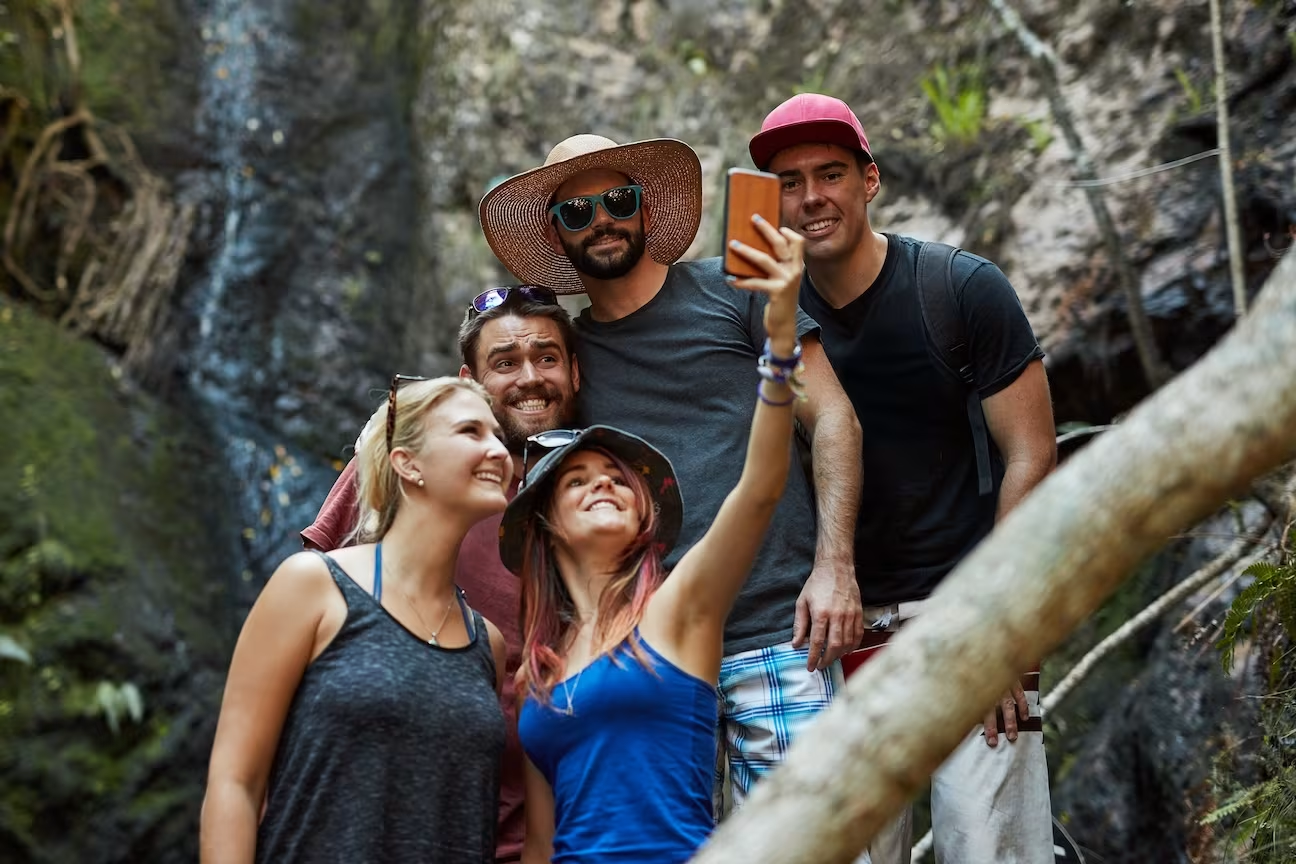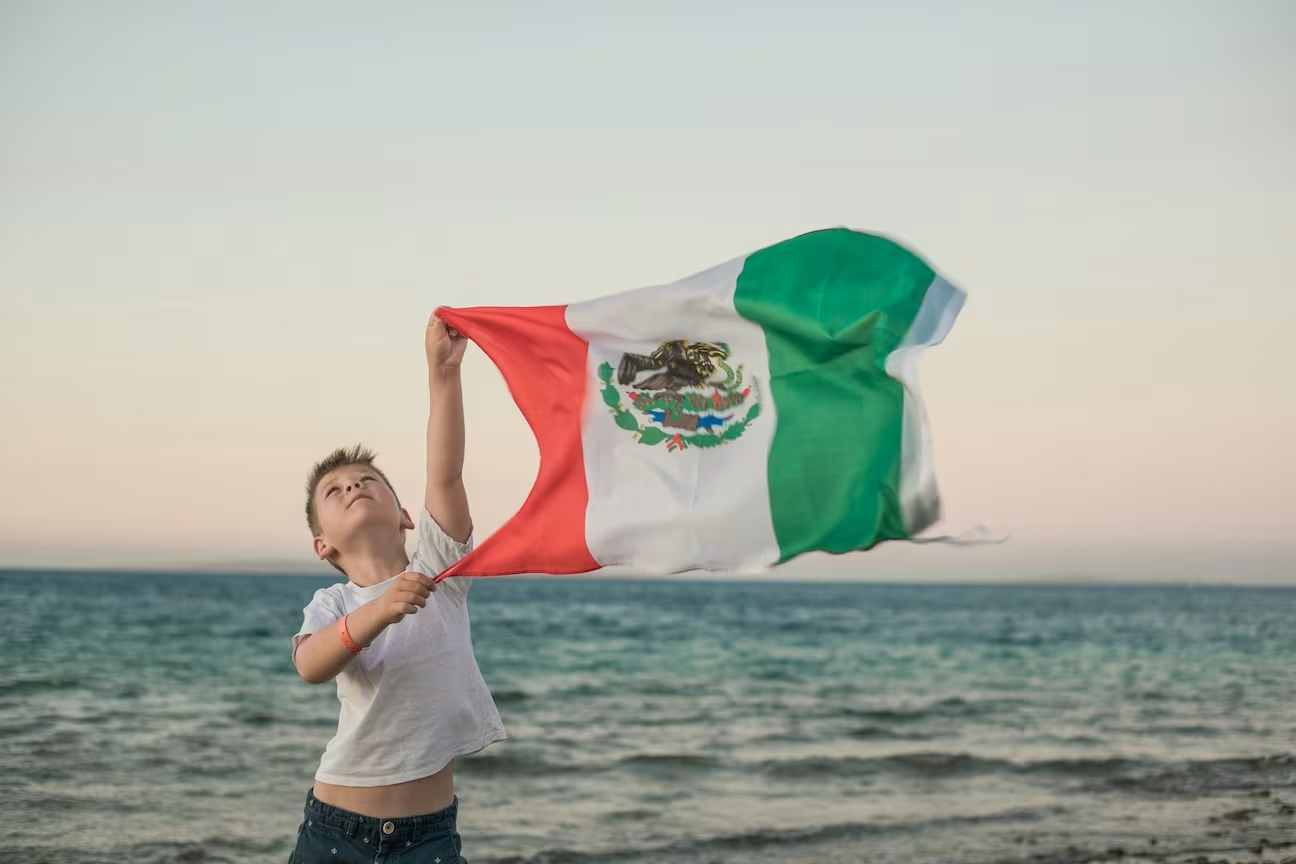The Influence of Mexican Traditions on Cabo’s Tourism Industry
Cabo San Lucas is more than luxurious resorts and sandy beaches. It thrives on long-standing Mexican customs that enrich every traveler’s experience, including local food and restaurants. These cultural elements transform a simple trip into an unforgettable journey. Mexican customs in Cabo do more than exist—they attract, amuse, and inspire with vibrant festivals, authentic food, and beautiful handicrafts.
 How Authentic Cuisine Enhances the Tourist Experience
How Authentic Cuisine Enhances the Tourist Experience
In Cabo, eating is an adventure. While resorts serve international cuisine, the real magic lies in traditional recipes passed down for generations. Baja-style fish tacos shine at roadside stands, best with smoky salsa and a squeeze of lime. For an unforgettable meal, visit Tacos Gardenias, a local favorite known for fresh seafood and bold flavors.
Every visitor should try birria, a rich, slow-cooked stew packed with spices. Pair it with a handcrafted mezcal cocktail for a true taste of Cabo’s culinary soul.
Even simple pleasures reveal the depth of Mexican customs in Cabo. Fresh tortillas cooked on a comal fill the air with the aroma of warm masa. Tortilla shops dot the city, drawing locals who line up daily for their fix. Visiting a market or family-run taquería offers a taste of authentic Mexican hospitality.
 Art and Handicrafts: Preserving Culture Through Tourism
Art and Handicrafts: Preserving Culture Through Tourism
Cabo is a haven for art lovers and a place to enjoy surf and sun. Every Thursday from November to June, San Jose is transformed into an outdoor gallery for the San José del Cabo Art Walk. Cobblestone alleyways are abundant with paintings, sculptures, and elaborate beadwork, each showcasing a narrative of Mexican origin.
Beautiful Talavera pottery, woven linens, and Huichol beadwork are all created by local artists and are rich in meaning and history. La Coyota, a hidden gem with an amazing assortment of handcrafted products, is one of the greatest sites to find beautiful beadwork. Many tourists bring these items home as physical reminders of Cabo’s rich culture and keepsakes.
This artistic heritage is also embraced by upscale resorts, which include indigenous designs, handcrafted carpets, and locally carved furniture in their interior design. Cabo stands out from other popular tourist destinations because of its unique combination of luxury and tradition.
 The Role of Local Traditions in Sustainable Tourism
The Role of Local Traditions in Sustainable Tourism
Cabo’s tourism industry is booming, but preserving cultural identity is crucial. Currently, a lot of environmentally concerned tourists look for activities that benefit the community. Sustainable tourism can be promoted by dining at family-run restaurants, taking part in cultural tours guided by locals, and booking accommodations in boutique hotels that showcase Mexican architecture.
Cultural awareness and environmental conservation are linked through projects like Tierra Sagrada, a conservation campaign that preserves Cabo’s beaches and marine life. In addition to improving their personal experience, tourists who honor local customs contribute to preserving Cabo’s heritage.
Balancing Cultural Authenticity with Modern Tourism
The problem Cabo’s rapid development presents is balancing tradition and modern-day tourism. Although upscale resorts serve tourists worldwide, others worry that Cabo’s traditional heritage may be lost in the wake of fast expansion. Nonetheless, a lot of companies today practice “authentic luxury,” which combines upscale comfort with traditional Mexican values and aesthetics.
Both tourists and residents make sure that Cabo stays more than just a picture-perfect vacation spot through promoting local artists, protecting historic places, and celebrating Mexican customs. Every visitor departs with more than just memories—they bring a piece of Mexico’s soul with them. It remains a country where culture flourishes and traditions thrive.


